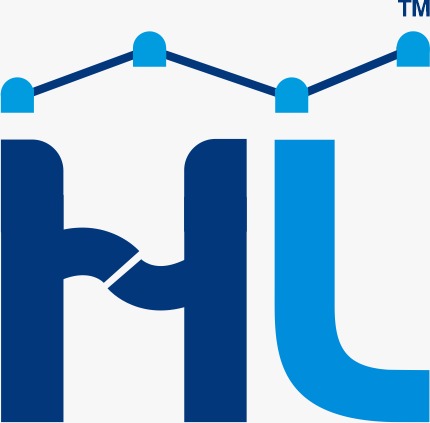- Posted on
- kushaltiwari348
- 0
Innovation and Creativity are two important factors for any organization to identify new solutions and meet challenges. Where creativity is the idea generation, innovation is the implementation of those ideas for better processes and procedures. Innovation is vital for sustaining competitiveness and requires strong and engaged talent. As HR has a critical role to play in developing an engaged talent, it is the innovation that makes it capable of designing solutions. So, how can HR design systems and solutions that foster creativity, innovation, and collaboration within the organization? ‘HR Design’ is one approach that serves the purpose of aligning HR with Design Thinking. This enables HR to think beyond the traditional approach and focus on intended outcomes and experience. Design Thinking brings an innovative approach to HR by changing the way it organizes work and provides solutions in creating superior employee experiences. It transforms HR from a “process developer” to an “experience architect”. Design thinking for HR is what TQM for manufacturing as it helps the former create an easily adaptable culture and drive organization competitiveness. Being people-centric both HR and design thinking focusses on customers, with empathy as a crucial element of practice. Empathy is a core principle of Design thinking which makes it relevant for HR especially when dealing with employee issues. The HR design approach can further be used to improve on many areas of HR, including recruiting, onboarding, performance management, workplace design, and L&D. This can be utilized to deliver talent capabilities linked to HR and business strategy. Having known the relevance of design thinking to HR let’s explore how it can be used with various domains of HR to deliver value.
Recruitment – Many of the recruiting challenges can be addressed through a human-centered approach, helping recruiters improve on processes and workflows. Where Empathy can help the hiring team to ascertain the expectations of candidates and recruits, ideation and prototype help to identify new solutions in improving the overall human experience. It helps you identify the Who, What, Where, When, and Why of the interviewing experience.
Onboarding process – There is a truth in the saying that “First Impression is the last impression” and the impression new hires make on their onboarding is an analogy. HR should develop and maintain a connection with new hires from selection until onboarding to create a feeling of trust amongst them. Empathizing can help to know and understand them better and creates meaningful onboarding experiences with less reliance on hectic paperwork and time taken procedures.
Employee Relations – This is the responsibility of HR to create and maintain a positive relationship with the workforce to keep them loyal and engaged. With an empathy-driven approach to design, HR can easily address disputes and issues, concerning all parties. This is also beneficial in developing suitable policies and procedures and address employees’ doubts and concerns related to them.
Training and Development – The principle of design thinking can be applied to T&D in deeply understanding and implementing a performance solution in line with employee’s needs. Bringing a human-centered approach to L&D through design can help in continuous improvement, overcoming challenges, and design an engaging, meaningful, and lasting learning experience
Exit Formalities – Employees are brand ambassadors for an organization. While most companies remain busy creating a better candidate and employee experience it is equally important to improve on exit experience. As the business landscape becomes uncertain exits and layoffs are inevitable. In this Covid situation, there are headlines everywhere about layoffs and job cuts. It is unfortunate to part ways from people, but HR can mold this experience by treating them with respect, care, and dignity. HR can strive to create a great experience by understanding the feelings and apprehensions of employees during exit which could help in designing a suitable severance package and compassionate outplacement support.
Vendor Management – This is one of the important functions for HR especially when a key process like payroll, compliances are outsourced to external agencies. The concept of design thinking can be applied to build empathy around the needs of both vendors and partners. This helps in identifying problem statements, brainstorming ideas, and alignment of intended services to achieve organizational goals.
Design thinking can also be used to improve other areas of HR including performance management, compensation and benefits, and workplace design. Companies like Apple, Google, Cisco, IBM, and many others have already adopted the concept of design thinking to develop innovative HR solutions
There is a change in the business landscape that is transforming the way we solve problems, and design thinking is one such approach that promotes involvement across different functions and develops a collaborative approach to the organization. Continuous testing of what works and what doesn’t leads to the creation of a happier, efficient, and effective workplace. This offers a huge advantage in attracting and retaining quality talent and positions the organization as an employer of choice. Hence design thinking offers a powerful tool to build talent capabilities linked to business and develops a conducive organizational culture. in delivering talent capabilities linked to strategy.
So, how open is your HR to align with the concept of Design in talent management activities?
At HRletes we align our services with client requirements through a design approach.

